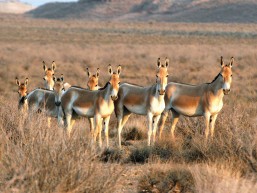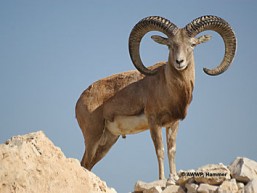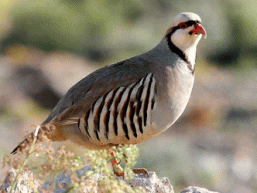The Persian onager (Equus hemionus onager), also called the Persian wild ass or Persian zebra, is a subspecies of onager (Asiatic wild ass) native to Iran. It is listed as “critically endangered” and “extremely rare”. Persian wild asses are known to inhabit mountain steppes, semi-desert or desert plains. They are usually found in desert steppes. Their largest population is found at in Khar Turan National Park.
The Persian onager is also simply named gur, meaning “swift” in Persian language, in which the word “gur” has preserved as the second syllable for ono which meant “donkey”. Hence, onager.
Sometimes the term “onager” is reserved specifically for this subspecies. However, as the whole species of the Asiatic wild ass is known simply as onager, it now also serves as the Persian wild ass’s scientific name as well (Equus hemionus onager). Information on the basic biology of the subspecies and how it differs from others is lacking, which hampers conservation efforts.
Onagers used to be numerous from the Middle East to China. However, until the 19th century, their population has been reduced to several thousands to a few thousands. There are currently more than 600 Persian onagers living in the wild.


Persian Onager
The Persian onager (Equus hemionus onager), also called the Persian wild ass or Persian zebra, is a subspecies of onager (Asiatic wild ass) native to

Laristan Sheep
The Laristan Wild Sheep is one of the rarest kinds of wild sheep in the world, living only in Laristan, Fars Province, to Bandar Abbas,

Chukar Partridge
The chukar partridge or chukar (Alectoris chukar) is a Eurasian upland gamebird in the pheasant family Phasianidae. It has been considered to form a superspecies

Asiatic black bear
he Asian black bear (Ursus thibetanus) is also known as moon bear and white-chested bear. It is a medium-sized bear species and largely adapted to



